October 9, 2025


Bʏ Mᴀʀʏ Mᴡᴇɴᴅᴇ
For decades, Kenya’s floriculture story has been synonymous with roses. The country’s altitude, equatorial climate, and skilled workforce made it the undisputed African hub for rose production, with over 70% of exported flowers being roses. Yet, a quiet revolution has been unfolding in the fields: the rise of summer flowers. This category, once a side note in the industry, is steadily emerging as a strategic driver of growth and resilience, redefining Kenya’s place in the global flower market.
Traditionally, roses dominated Kenya’s flower exports to Europe and the UK. But market shifts began altering the landscape. Consumer preferences in Europe leaned towards mixed bouquets rather than mono-rose bunches, and retailers sought affordable fillers with unique textures, shapes, and colours. Summer flowers such as Limonium, Alstroemeria, Solidago, Hydrangea, Eryngium, and Gypsophila provided the perfect complement.
Today, summer flowers account for about 30% of Kenya’s flower production, a figure expected to rise to nearly 50% within the next decade. This shift marks a structural change in the industry, where diversity is no longer a luxury but a necessity for competitiveness. Roses remain central, but summer flowers are broadening Kenya’s export base, cushioning it from market volatility and changing consumer tastes.
The summer flower boom has created space for different scales of producers. Smallholder farmers, managing plots of under-five hectares, are finding these flowers an easier entry point compared to the capital-intensive rose industry. Many summer flowers can be grown outdoors without the need for expensive greenhouses, and propagation material is cheaper. Niche varieties like Scabiosa, Nigella, and Craspedia allow smallholders to target high-value markets such as boutique florists in Asia and the Middle East, where buyers often pay upfront, reducing financial risks.
Larger farms, meanwhile, have seized summer flowers as a diversification strategy. With 5–10 hectare blocks under cultivation, these commercial growers leverage economies of scale and advanced breeding materials to tap into European mass retail demand. Their bouquet-making facilities, such as the Packed At Source Africa (PASA) centre launched by Dutch Flower Group in 2024, integrate both rose and summer flower production, blending smallholder contributions into ready-to-sell bouquets. This symbiotic model not only stabilises supply but also supports inclusive growth by ensuring smallholder varieties find their way into global markets.
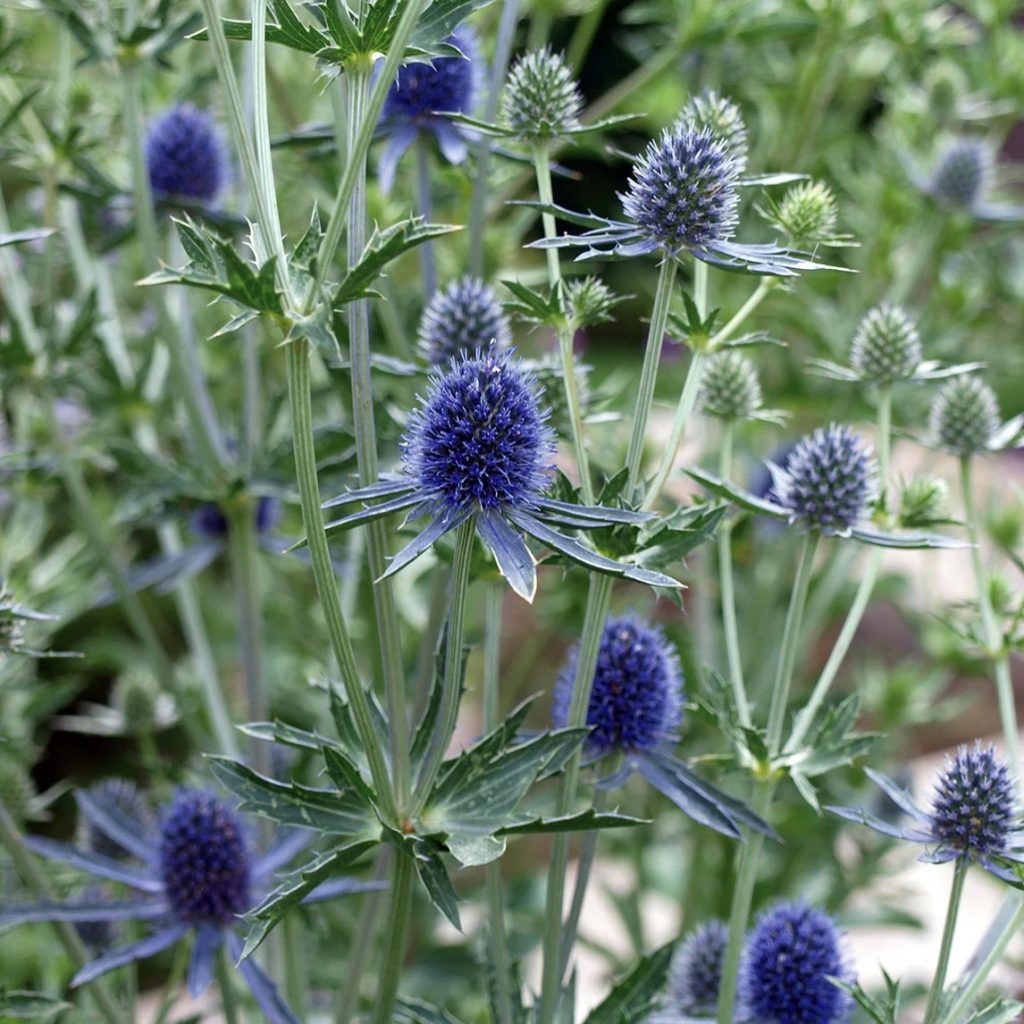
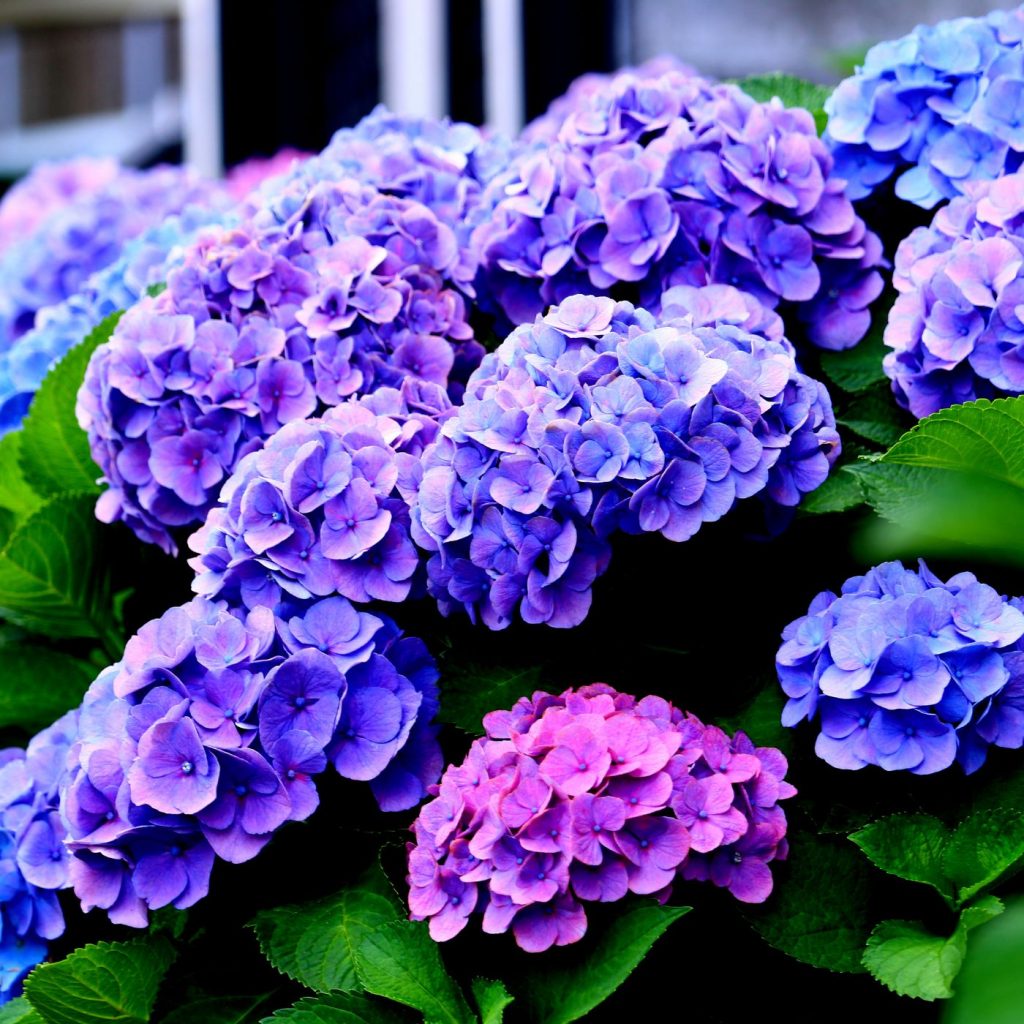
Economic and Social Contribution
Beyond exports, the summer flower sector is making a growing socio-economic impact. Companies such as Wilmar have contracted thousands of smallholder farmers, turning flower farming into a more lucrative alternative to traditional crops like maize or beans. Seasonal employment in packaging, transport, and logistics has expanded, providing jobs during peak harvesting.
Notably, women form more than half of the workforce in floriculture, many employed in harvesting and bouquet assembly. This financial empowerment is translating into social change in rural households. Programs like the Drawing The Line (DTL) initiative, developed by the Kenya Flower Council (KFC) in partnership with Women Win, are tackling workplace issues such as harassment and unequal pay, embedding social sustainability into the sector’s DNA.
Still, challenges persist. According to KFC, about 63% of workers in the wider flower industry earn below a living wage. The roadmap launched by IDH (the Sustainable Trade Initiative) offers steps towards achieving fairer wages, but coordinated action remains essential to ensure that the economic promise of summer flowers translates into equitable livelihoods.
Global Market Shifts
Kenya’s competitive edge in summer flowers rests on its ability to supply during Europe’s cold months, when local outdoor production is impossible. But reliance on Europe alone is no longer the model. Exporters are actively diversifying markets to include the Middle East, Asia, and even Japan. Gulf countries such as the UAE and Saudi Arabia are becoming especially attractive due to rising demand for premium bouquets and less stringent regulatory barriers compared to the EU. Direct flights and better cold chain systems ensure freshness, while upfront payments from some Middle Eastern buyers give growers financial security.
At the same time, the Dutch auction system remains central. Through Royal FloraHolland, Kenyan flowers gain guaranteed payment and market access, though larger growers increasingly prefer direct sales to supermarkets and retailers.
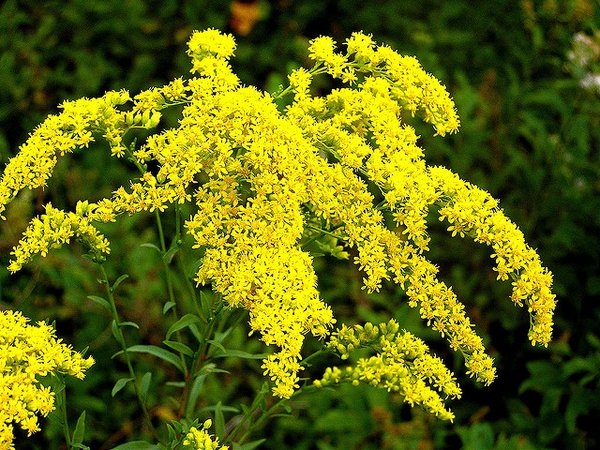
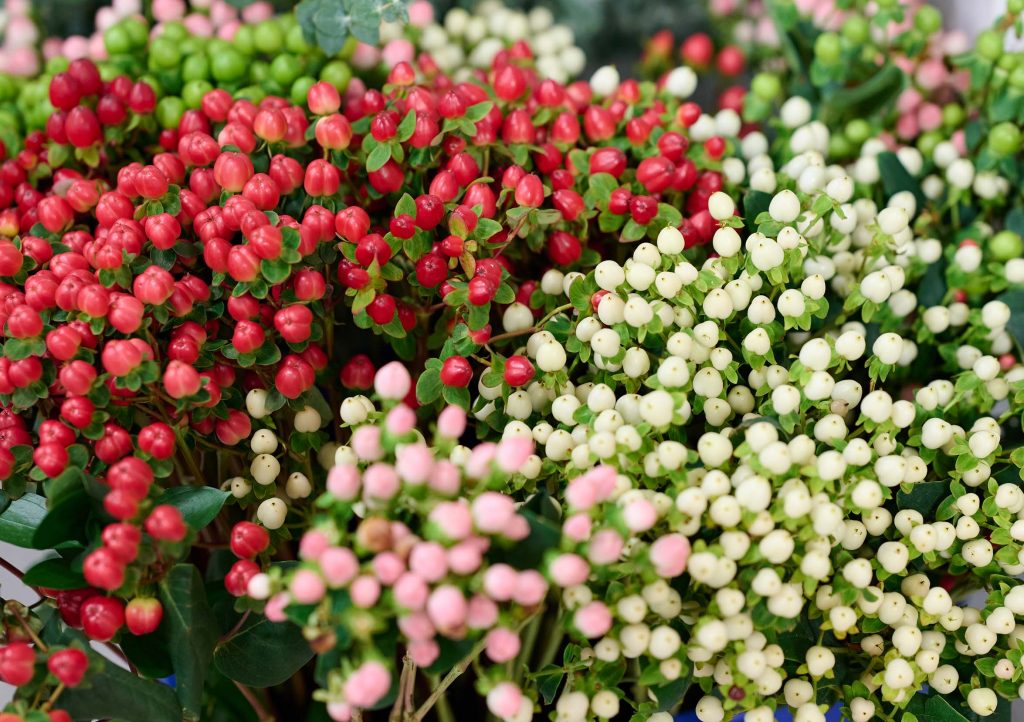
Competition on the Global Stage
Kenya remains the dominant floriculture hub in East Africa, but competition is intensifying. Ethiopia, backed by government subsidies and cheaper airfreight through Ethiopian Airlines, is rapidly expanding its flower exports. Ecuador and Colombia remain strong players in high-quality roses and carnations, while Israel and South Africa maintain niche markets.
Kenya’s strength lies in its infrastructure, established supply chains, and reputation for quality. The diversification into summer flowers further strengthens this advantage by reducing overdependence on roses. It allows Kenya to position itself as a one-stop supplier of both premium roses and diverse bouquet fillers, enhancing its appeal to global retailers seeking reliability and variety.
Logistics and the Cold Chain Challenge
Exporting summer flowers successfully requires flawless cold chain management. Large farms often control the entire process, from harvest to reefer trucks and chilled storage at airports. Smallholders, however, face challenges due to reliance on non-insulated trucks and the need for consolidation, which complicates logistics.
Sustainability pressures are also reshaping transport. Airfreight remains vital for freshness, especially around Valentine’s and Mother’s Day, but sea freight is gaining ground. In 2021, Kenya shipped just two containers of flowers a week by sea; by late 2023, this had grown to 25. Partnerships with Maersk are making refrigerated sea transport viable, slashing costs by up to 50% and reducing carbon footprints. A hybrid air-sea model is emerging as the future of Kenyan flower logistics.

Sustainability as a Market Imperative
The global flower market is demanding more than beauty; it wants sustainability. European buyers now expect certification under schemes such as GlobalG.A.P., MPS, or the Kenya Flower Council’s F.O.S.S standard. The Flower Sustainability Initiative (FSI), aiming for 90% sustainable sourcing by 2025, is pushing growers to prove eco-friendly credentials.
Kenya is responding. Many farms are adopting integrated pest management, solar-powered cold rooms, rainwater harvesting, and natural wetlands for wastewater treatment. Carbon footprint calculators like the HortiFootprint tool are being used to measure and cut emissions. With the EU Green Deal introducing mandatory carbon labelling, sustainability is no longer optional; it is Kenya’s ticket to remain competitive.
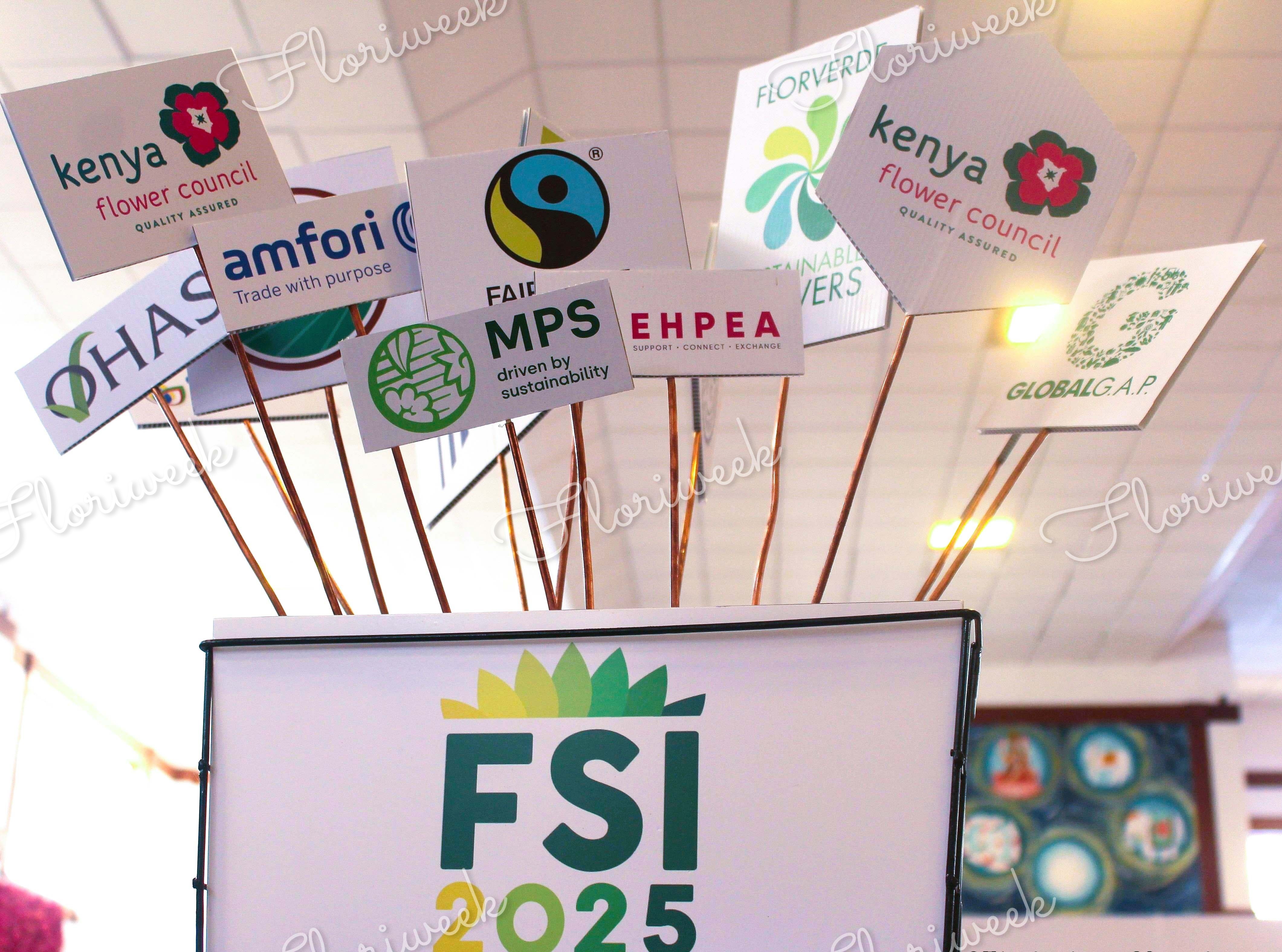
Redefining Kenya’s Global Role
Summer flowers are no longer fillers because they are becoming central to Kenya’s floriculture narrative. While complementing roses, they allow the country to deliver what today’s markets demand, that is, diverse, sustainable, and ready-to-use bouquets. They provide entry points for smallholder farmers, empower women, and strengthen Kenya’s export earnings.
Most importantly, they are reshaping Kenya’s global identity. Instead of being seen only as a rose powerhouse, Kenya is now positioning itself as a comprehensive, year-round supplier of floral diversity. This redefinition not only enhances resilience in the face of global competition and market volatility but also secures Kenya’s standing as one of the world’s most dynamic floriculture exporters.
